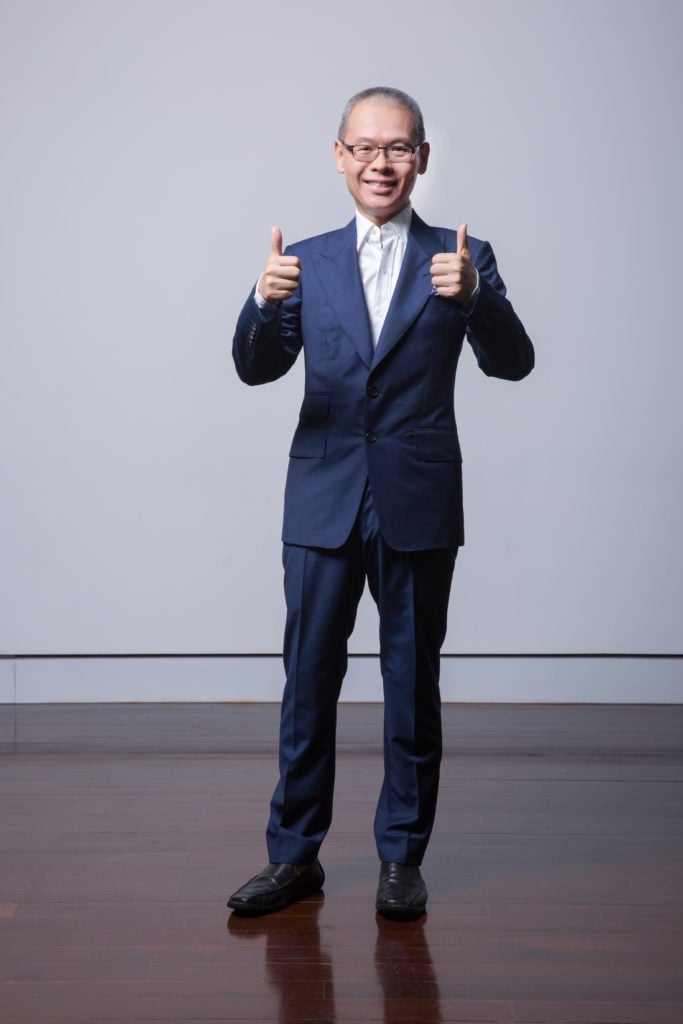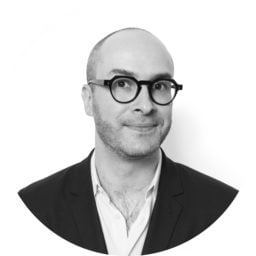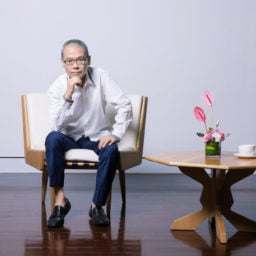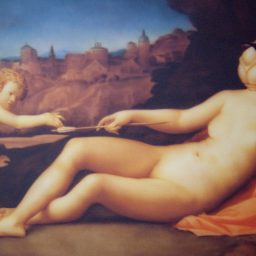Separated by the broad Pacific Ocean, Shanghai and Los Angeles might be seen as long-lost sister cities—both cultural capitals with glamorous historical atmosphere, and plenty of present-day momentum. Now, if the collector Budi Tek gets his wish, the two cities’ art scenes might become joined like never before. With negotiations underway to merge Tek’s private Yuz Museum with the august Los Angeles County Museum of Art, the Indonesian-Chinese patron could forge an unprecedented union between the Chinese and North American artistic communities, and in the process ensure the survival of his legacy. Of course, it is not yet a sure thing.
For Tek, who has been living with pancreatic cancer for over three years, the conversations that he started with his friend, LACMA director Michael Govan, have proved a lifeline. But as the LA museum’s board continues to deliberate over the deal, the exact details of the proposed partnership have remained unclear. Here, in part two of a conversation with Tek, artnet News’s Andrew Goldstein spoke to the collector about how the LACMA opportunity came about and where things go from here.
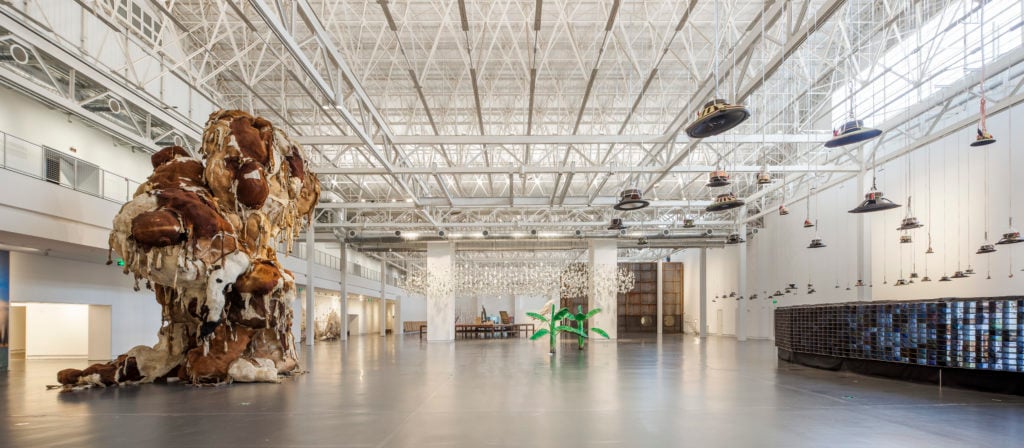
The interior of the Yuz Museum. Photo courtesy of the Yuz Museum.
After your diagnosis, you immediately began exploring whether the government would allow you to transfer ownership of your collection to a public foundation in China that would be run by a board of trustees and funded by patronage and ticket sales, just like a Western museum. Why did this appeal to you?
Because the new foundation would be able to raise money to fund the museum’s operations. Today, if I ask my friends to donate funds to my museum, they’ll say, “Why would I need to support your private museum? Pay for it yourself!” But if I’m not a private person owning a private museum, it’ll be very easy to ask friends to donate. Many individuals in China support the idea—they say, “Budi, we are with you. Once this becomes public, then we will support you.”
So far, your plan to create such a foundation in China hasn’t worked out, at least to the degree where you could be sure it would support the operation of your museum in perpetuity. Why not?
We are trying very hard to establish a foundation in Shanghai to create a public museum, but the law is still not clear enough for me to feel comfortable donating my whole collection to one. Of course, the West Bund Cultural Corridor, the area where my museum is located, is actually trying very hard to lobby the government to create the fundamental structure of a foundation that would be viable for the museum.
Since the West Bund Cultural Corridor is a state entity, that should carry some weight, no?
They are a state-owned company, but they are not a government body. Anyway, I cannot wait that long. My condition has shortened my decision-making process. That is why we are having to take a step back—though maybe it’s really three steps back and two steps forward.
Now, we will establish a public foundation in Hong Kong, because Hong Kong is still part of China but its common law is very established. That is why I asked LACMA to be the partner for the public foundation. I will surrender my collection to the new foundation, which will be established [this month], and hopefully everything will be done by June of this year. We will start there, and then, in the future, who knows if it will become a full-blown public institution?
How will the LACMA partnership work, and why will it be more successful than the other approach you tried?
This is the best way for me to become a public foundation. When I donate my collection to this institution, I will give up all of my interest in the artwork—it becomes the foundation’s asset. The foundation will be managed both by the Yuz Foundation and the LACMA Foundation in the United States. Of course, my condition is that the entire collection will remain in China, in Hong Kong, Shanghai, and Beijing—some of our warehouses are there—and will be there forever. The art can travel the world for shows, but it cannot move permanently to any other country.
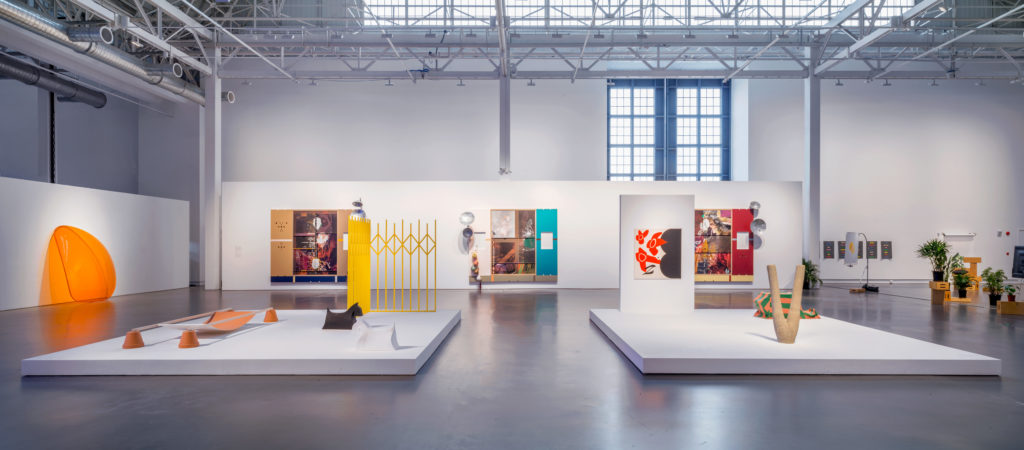
The 2017 “Overpop” exhibition at the Yuz Museum. Photo courtesy of the Yuz Museum.
So, the Yuz Museum will now be managed by the Yuz Foundation and LACMA.
Yes. This is what we agreed on.
Last spring, the news that your Yuz Museum would partner with LACMA made waves on both sides of the Pacific. Tell me, how did the partnership first come about?
The story went like this: Michael [Govan, LACMA’s director] was supposed to have a meeting in Beijing, and then after that he was going to fly to Shanghai to meet me, because we are friends, and fly back to LA the very next day. His meeting in Beijing was delayed, but since he’s a very honorable person, he said, “I already promised Budi I’d meet him,” so he flew to Shanghai for one day, just to have dinner with me in my home. At the time, of course, I was thinking of what to do with my collection. When he walked in the door, I pointed to him and said, “You are the man that I am going to talk to.” He came in and said, “What happened, Budi? What happened?” And I said, “I want to tell you some very good news.” I then told him about my idea, and he said, “Let me think. Wow, wow, wow….” He said it maybe 10 times: “Wow!” And then he said, “Budi, I love the idea.” So that was kind of the proposal from me, and I had never thought about it for even five minutes before he walked in.
After that, we had intensive phone calls and meetings, and he visited me again in Germany, where I go once every two months for my cancer treatments—he actually visited me in a very tiny village an hour outside of Frankfurt, where the clinic is. We kept talking, and now he’ll come to Shanghai after his board meeting around the beginning of February.
This sounds like a spectacular arrangement for you and your museum. What is in it for LACMA? How do they benefit?
Well, Michael told me, “This is a very unique establishment, which has never before been seen—this is the first of its kind!” So he was very excited about the idea.
So, if I understand correctly, LACMA’s involvement will help ensure the museum’s financial viability, and they can also help maintain the quality at the level you require without any mistakes that might happen in your absence.
Well, yes and no. LACMA wanted to join with us because they respect us—they respect our establishment, our ideas, and our history of quality shows. And they also respect me as an individual. They know for me to donate my artworks is not easy, especially in this part of the world. I might be the first person doing such a bulk move.
Are you donating all of your art to this new foundation?
Ninety percent of it. Because I still want my family to remain a collecting family. But we’re only talking about the Chinese contemporary art. We also collect a lot of Western art, and the Western part of the collection will remain in the family.
And who will oversee the new joint foundation between LACMA and the Yuz Foundation?
We will establish a board of trustees—three from LACMA and three from Yuz—and they must always make a unanimous decision. I said to Michael Govan, “Now we are like a husband and wife. You don’t vote by saying I’m one percent bigger than you—you can’t outvote someone.” This is what we agreed.
What will happen after everything is finalized in terms of the partnership?
Then we will continue to develop the foundation, with condition-checking, warehousing, hiring, both of us working very hard to get the sponsorships from corporations and individuals in both China and the West. But right now I’m waiting. The ultimate decision is with the LACMA board. Of course, Michael himself is very bullish about it. But, you know, US museums have lots of board members, and it’s very democratic—they want to be part of the decision-making. Not like me, I’m alone to make the decision, with my wife, of course. So let’s wait and see.
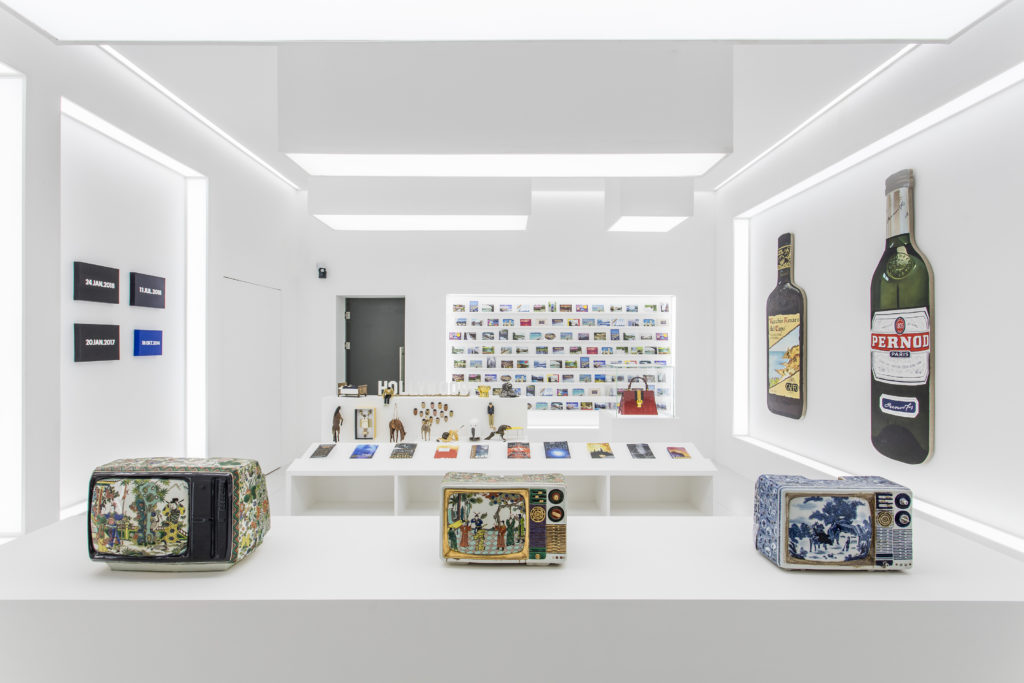
An view of 2018 “The Artist Is Present” show, curated by Maurizio Cattelan. Photo courtesy of the Yuz Museum.
At the same time that you’re having these very positive talks with a US museum, the US and Chinese governments continue to be locked in a trade war, although it is possible the situation might be improving. Could the trade war impact your partnership in any way?
I don’t think so. China is very open-minded. Come on, the Chinese government is I think more open-minded than the United States government now! Sorry to say that. They are very receptive to new ideas.
Talking to you, it’s remarkable how much energy and strength of mind you have, over three years into treatment for such a virulent cancer. I have a feeling you’ll be on LACMA’s board, making these decisions, five years from now.
Well, I don’t know if I can survive five years. But I believe the idea of being jointly established in this way is helping the China-US relationship in a very small way. We are people, not government. We are always very friendly to each other, and that will give the government an example. “We are able to have a very good relationship, so why can’t you?”
But all of this comes from my relationship with Michael. Way before this, we talked about putting our museum collections together—we even talked about putting many museum collections into one, to demolish the so-called walls between them, the obsession with separate collections. At that time I had bought a few videos, and I had come up with a process where they were jointly collected by LACMA and Yuz. “This is a very good example,” Michael said to me at the time. “I want to see many museum collections joined together. Maybe five, 10 museums in the region and in the United States.”
That is why I respect Michael Govan, because he’s thinking in terms of “greater me” instead of “small me.”
Visiting your museum, I’m always surprised at how current the shows of young Western artists in your “Project Room” are, like Donna Huanca, Joshua Nathanson, Alicja Kwade—these are interesting artists whose reputations are only just taking root in Western museums. Who oversees your curatorial program?
We have about four to five shows every year with young Western artists or young Chinese artists. Those artists are actually selected by me—either because I collect them, or maybe I loved it when I visited their studio, or saw their gallery show and said, “I’ll invite this artist to have a show in our Project Room, with the one condition that I want to collect this artist’s work, because I love him or her.” In our main gallery, our shows are very much a committee-based decision with the curatorial team. But the small shows are my playground. That’s my challenge: I want to use it to train my eyes, and open up my world.
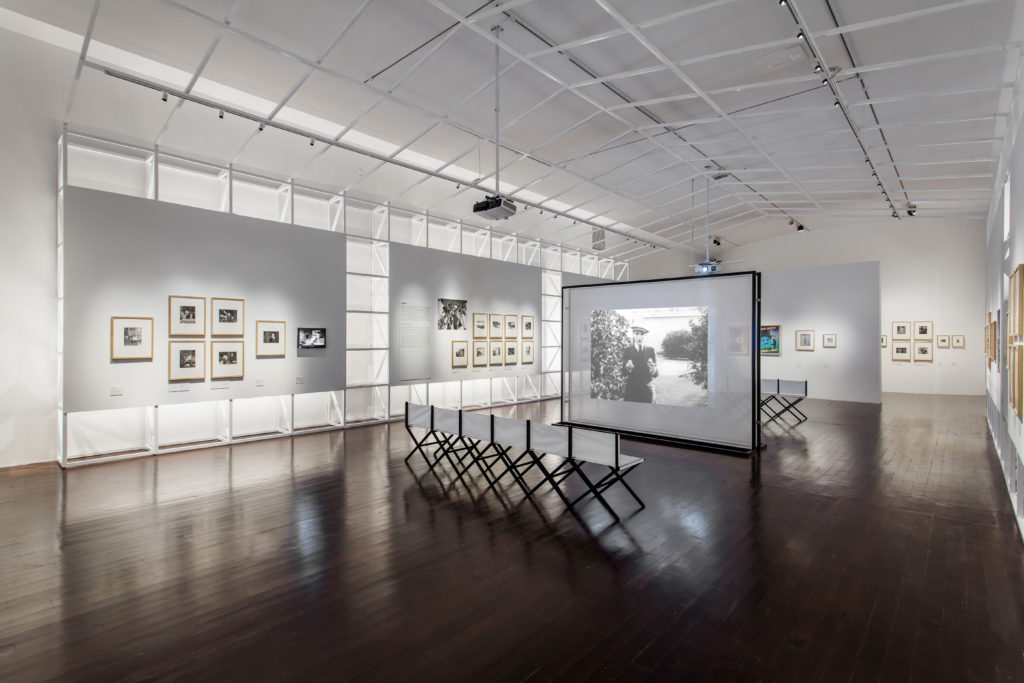
The Yuz Museum’s “Charlie Chaplin: A Vision” exhibition in 2018. Photo courtesy of the Yuz Museum.
I don’t know if this has anything to do with what you’re doing, but I’ve heard that some other art spaces in Shanghai enter a partnership with a Western gallery where the gallery puts together the show, pays for the shipping of all the works, and then uses the show as an opportunity to sell work to other collectors.
That is not happening at the Yuz Museum, although sometimes galleries do sponsor shipping. But I am very strict, and they cannot even show the work of the same artists in my shows at the Shanghai art fairs. I will not let them sell works from the show, because the majority of them—or all of them—will be collected by me. So that will cut off their dream of selling works! I don’t want my museum to be a free gallery space. Donna Huanca, Claire Tabouret, all those Project Room shows? All collected by me, 100 percent. I cannot control the galleries. But for me, it’s a very standard contract—you will not show those artists during our show, and you cannot sell [out of the show]. It’s SOP: Standard Operating Procedure.
Thank you very much for your time—it’s been a fascinating conversation.
Be fair to China! Especially Shanghai. This is the fastest development of a museum movement that I’ve ever seen in Asia. I once tried to push the Indonesian museum movement, but I stopped doing that five years after opening my Yuz Museum in Jakarta. Even with free tickets, no one came to see it—maybe a dozen people every day. So that’s why I’m so grateful to the Shanghai government for giving me the opportunity to create my museum there. It’s a very expensive landmark, my museum. If they sold the land it would be worth maybe $300 or $400 million, but still they said, “We want to establish the soft power of the contemporary art museum. We want to be the bridge.” And now, the Yuz Museum is a window into China’s contemporary culture for the West.
